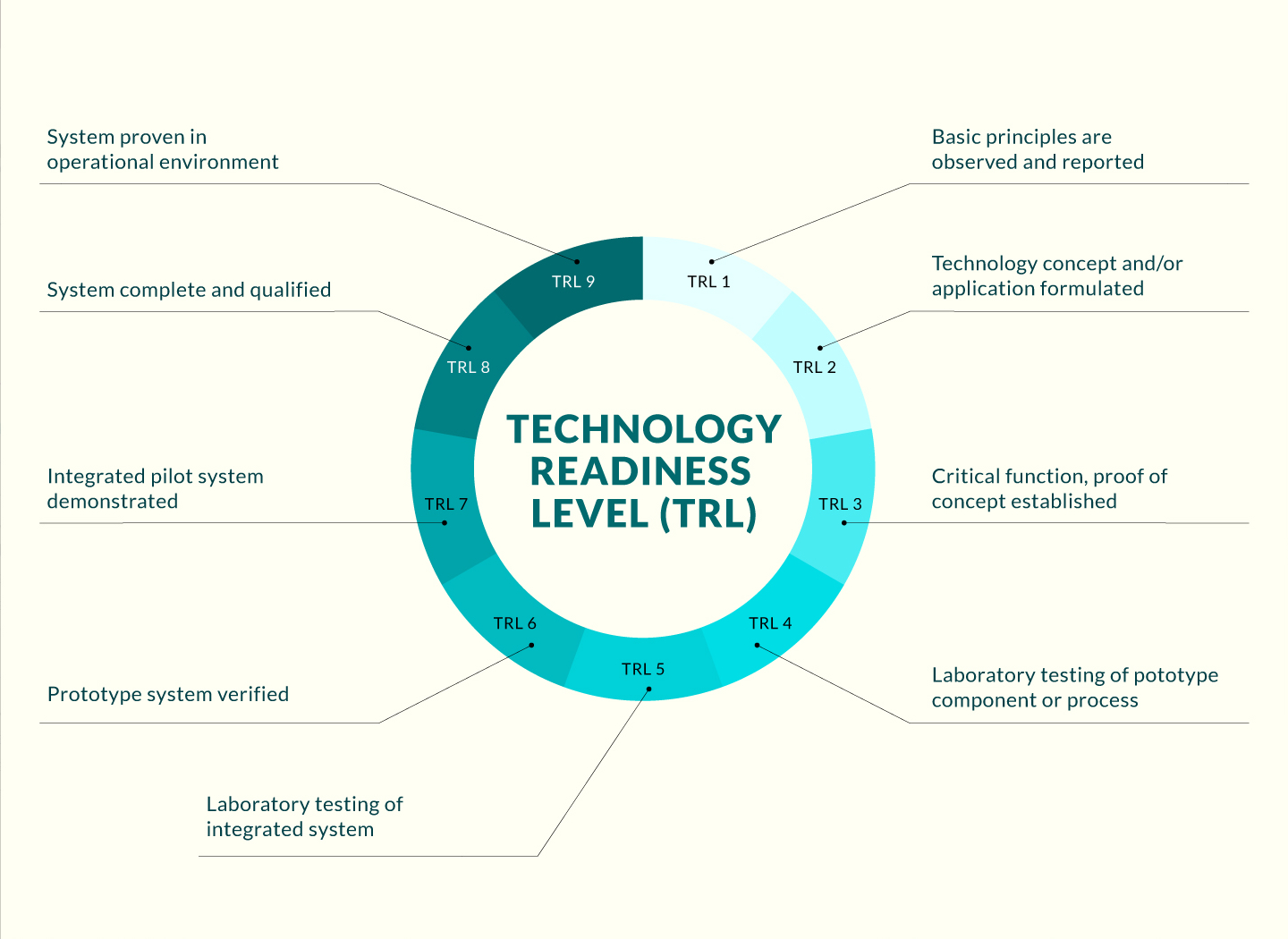
Opportunity
Nature produces chemical energy by photosynthesis, for which the technological equivalent is the photoelectrochemical cell (PEC). Powered by sunlight, PECs split water into hydrogen and oxygen and store solar energy via hydrogen–hydrogen bonds. However, the commercial viability of traditional semiconductor-driven PECs is limited by production costs and electrolyte instability. Metal-oxide-based PECs overcome those drawbacks, but their efficiency is limited to ~8%, in comparison with ~20% for semiconductor-based rivals. Bismuth vanadate (BiVO4) is an emerging photoelectrode for PECs with a high photocurrent density, suggesting high solar-to-hydrogen conversion efficiency. The bottlenecks to its application are poor charge-carrier mobility of pristine BiVO4 and the high cost of fabrication by laser ablation. To exploit the favourable properties of BiVO4 as a PEC photoelectrode, an opportunity remains to develop an economical, low-energy method of thin-film deposition of BiVO4 containing desirable atomic defects that improve charge-carrier mobility. This would benefit several areas of cutting-edge electronics.
Technology
The invention is a method of depositing uniform metal-oxide thin films, such as BiVO4, on substrates via sol–gel techniques. The films can be designed with nanorod- or nano-cone-based atomic structures with favourable electrical properties for PEC photoelectrodes. The method involves simple spin-coating, followed by air annealing at a controlled temperature to tailor the film’s chemical properties and crystal structure. At appropriate heating rates, the initial nanoparticles transform into desired nanorods and nano-cones. This process naturally introduces vanadium ion defects and oxygen vacancies into the film’s crystal lattice, which tune the electronic properties and increase the photocurrent density for application in PECs. The measured photocurrent density of a thus-fabricated BiVO4 thin film is the highest ever reported due to suppressed charge-carrier recombination. The material is also highly stable in aqueous electrolyte, replicating the conditions of real PECs. This method is mature and environmentally benign (non-toxic materials) and does not require strict control of numerous process parameters.
Advantages
- Highest ever photocurrent density for BiVO4 thin film
- Simple, well-established sol–gel fabrication process
- Electronic properties of PEC photoelectrode easily tuned via annealing temperature
- Lower cost and better stability in electrolyte than semiconductor photoelectrodes
- Non-toxic materials
Applications
- PECs for energy storage
- Wearable devices for personal consumers
- Light-emitting diodes for consumer electronics
- Triboelectric nanogenerators for industry
- Photocatalysis for industry and research



